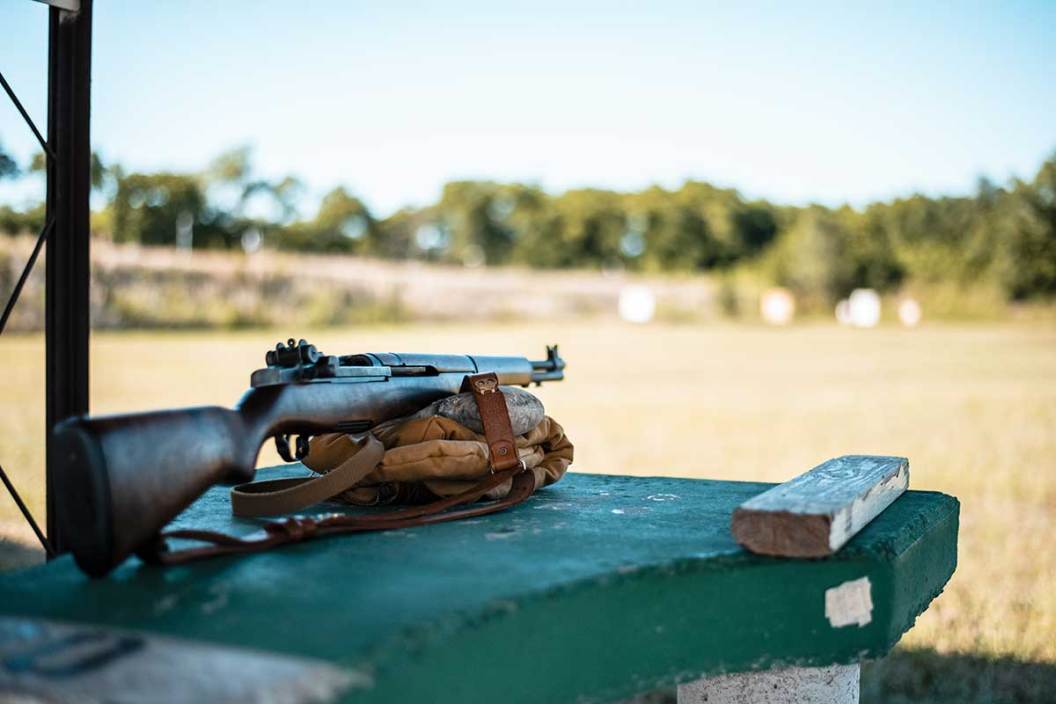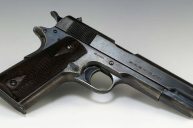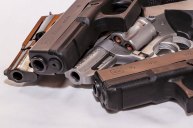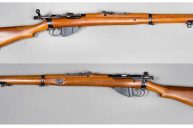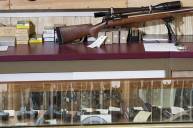The CMP is one of the best ways to get U.S. Army surplus rifles and M1911 pistols.
In 1903, the U.S. Congress created the Office of the Director of Civilian Marksmanship (DCM). It was devised as part of the War Department Appropriations Act for the purpose of providing U.S. civilians with the opportunity to learn and practice marksmanship skills so that they would be better prepared if called to serve in the military.
Part of the reason was that the military had just adopted the bolt action M1903 Springfield rifle as its new service rifle, and most of the population was familiar with lever guns and unable to sustain a similar rate of fire with bolt guns.
Over the decades the program's emphasis has shifted to youth marksmanship development. Until 1996, the CMP was administered by the U.S. Army until the Corporation for the Promotion of Rifle Practice & Firearms Safety (CPRPFS) was created to take over administration and promotion of the CMP as a tax-exempt non-profit 501(c) corporation chartered by the U.S. Congress. Apart from a donation of smallbore surplus .22 rimfire rifles and .30-caliber rifles in the Army's inventory to the CMP, the CMP receives no federal funding.
The CMP maintains three main offices: CMP North at Camp Perry near Port Clinton, Ohio, CMP South in Anniston, Alabama and the CMP Talladega Marksmanship Park in Talladega, Alabama.
Today the CMP is an organization tasked with spreading firearms safety training and marksmanship training in the United States. The organization has a very specific set of rules about the firearms it can sell, and to whom they can sell them.
The CMP can only sell surplus military firearms given to them by the Army, and only to adult members of affiliated shooting clubs who meet certain guidelines. They are pretty much the only place to buy surplus M1 Garand rifles.
Eligibility Requirements
A purchaser must be a U.S. citizen, over 18 years old, and legally eligible to purchase a firearm. They must provide a copy of a U.S. birth certificate, passport, proof of naturalization, or any official government that shows proof of citizenship. A U.S. military ID can be used if E5 or above.
Proof of age must also be supplied, which is usually taken care of by the proof of citizenship document.
Additionally, a purchaser must provide proof of membership in a CMP-affiliated organization, like the NRA or a gun club membership. If a CMP-affiliated club does not issue individual membership cards, they can fill out the CMP Club Member Certification Form, which can then be included with the order.
You can find a list of affiliated organizations here.
There's more. You must also provide proof of participation in a marksmanship-related activity or otherwise show familiarity with the safe handling of firearms and shooting range procedures. You can find a list of these qualifiers here.
This last requirement is waived for any purchasers over 60 years of age.
Plus, you must be legally allowed to purchase and own a firearm, and if your state has any additional requirements to buy a long gun or handgun, those must be met as well, and a photocopy of all pertinent documents must be included with the order.
The CMP has found U.S. Army military rifle sales are the most popular firearms they are able to sell. It has offered M1 Garands, M1903 Springfields, M1917 Enfields, and M1 Carbines that have seen military service, as well as .22-caliber target rifles and air rifles, to members of affiliated organizations. In 2018, the CMP announced it would be selling surplus M1911 pistols as well.
For CMP ordering information, go here. For more about surplus M1 Garands, check out the Garand Collectors Association here.
NEXT: TOP AMMUNITION COMPANIES: 7 OF THE BIGGEST IN THE WORLD
